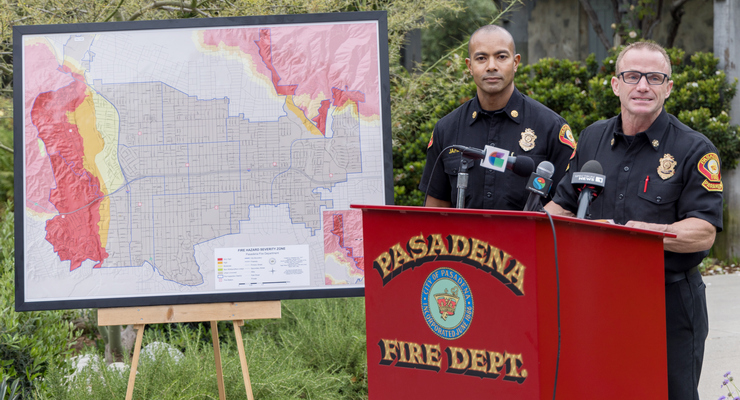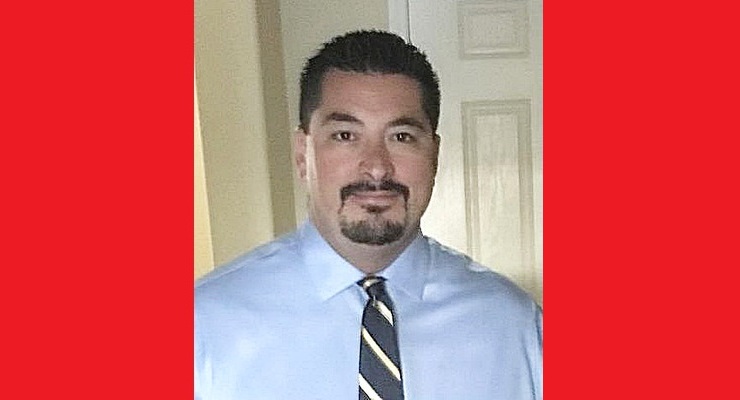 The Sagan Fellowship program, named after the late Carl Sagan, supports talented young scientists in their mission to explore the unknown. Following the path laid out by Sagan, these bright fellows will continue to tread the path, make their own discoveries and inspire future Sagan fellows. Image credit: NASA/Cosmos Studies
The Sagan Fellowship program, named after the late Carl Sagan, supports talented young scientists in their mission to explore the unknown. Following the path laid out by Sagan, these bright fellows will continue to tread the path, make their own discoveries and inspire future Sagan fellows. Image credit: NASA/Cosmos StudiesNASA has selected six planet hunters as the recipients of the 2012 Carl Sagan Exoplanet Postdoctoral Fellowships, named after the late astronomer. The fellowship was created to inspire the next generation of explorers seeking to learn more about planets, and possibly life, around other stars.
The Sagan Fellowship’s primary goal is to support outstanding recent postdoctoral scientists in conducting independent research related to the science goals of NASA’s Exoplanet Exploration Program. These fellows will discover and characterize planetary systems and Earth-like planets around other stars, known as exoplanets.
Previous Sagan Fellows have already contributed significant discoveries in exoplanet exploration. One recent discovery found visual evidence for two exoplanets from NASA’s Hubble Space Telescope archives that went undetected from images taken in 1998. [link to story: http://www.jpl.nasa.gov/news/news.cfm?release=2011-315]
“The Sagan Fellowship program carries on the legacy of Carl Sagan by identifying the most highly qualified young researchers in the field of exoplanets,” said Charles Beichman, executive director of the NASA Exoplanet Science Institute at the California Institute of Technology in Pasadena. “Carl was passionately committed to the search for life beyond the Earth and would be thrilled by recent results that show there must be hundreds of millions of Earth-like planets in our galaxy. The six new Sagan fellows selected this year will be pushing the boundaries of exoplanet research in ways that would have made Carl incredibly excited.”
The program, created in 2008, awards selected postdoctoral scientists with annual stipends of $65,500 for up to three years, plus an annual research budget of up to $16,000.
The 2012 Sagan Fellows are:
— Jean-Michel Desert, who will work at the Caltech to explore the atmospheres of planets in multiple planet systems and low-mass planets in the habitable zones of their parent stars.
— Sarah Ballard, who will work at the University of Washington, Seattle, to investigate exoplanetary habitability by characterizing parent stars with the smallest potential planet candidates from NASA’s Kepler mission.
— Catherine Espaillat, who will work at the Harvard Smithsonian Center, Cambridge, Mass., to find the youngest extrasolar systems by looking for gaps in dusty disks around the parent stars.
— Nikole Lewis, who will work at the Massachusetts Institute of Technology, Cambridge, to study the chemistry of exoplanet atmospheres by linking 3-D chemical, dynamical and radiative processes.
— Rebecca Martin, who will work at the University of Colorado, Boulder, to improve our understanding of the formation and survival of exoplanetary systems.
— Christian Schwab, who will work at Yale University, New Haven, Conn., to design a new high-precision instrument to detect and characterize Earth-like planets.
NASA has two other astrophysics theme-based fellowship programs: the Einstein Fellowship Program, which supports research into the physics of the cosmos, and the Hubble Fellowship Program, which supports research into cosmic origins.
The Sagan Fellowship Program is administered by the NASA Exoplanet Science Institute as part of NASA’s Exoplanet Exploration Program at the Jet Propulsion Laboratory.
A full description of the 2012 fellows and their projects, and other information about these programs is available at: http://nexsci.caltech.edu/sagan/2012postdocRecipients.shtml  .
More information about the NASA Exoplanet Science Institute is available at: http://nexsci.caltech.edu   .
More information about NASA’s Astrophysics Division is at: http://nasascience.nasa.gov/astrophysics .













 0 comments
0 comments


